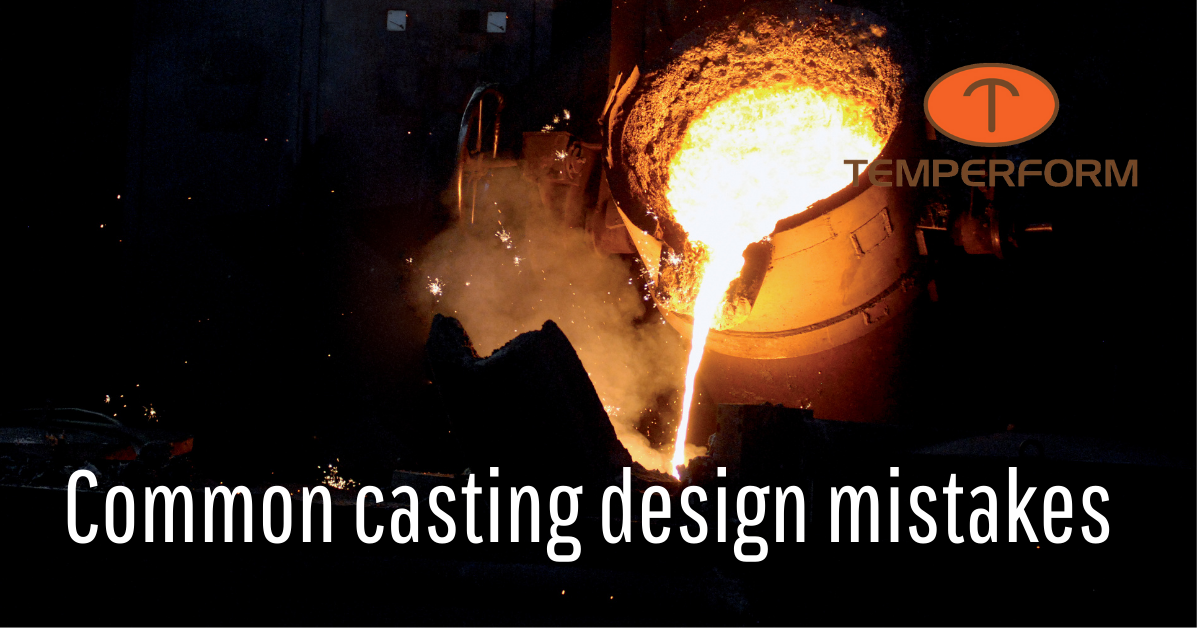
As older design engineers retire, a new wave of young engineers is taking their place. What many younger engineers lack is an understanding of casting design – how to design parts so they can be cast with a consistently high level of quality.
Jeff Taylor, engineering manager at our sister company, The C.A. Lawton Co., expands on the common casting design mistakes and how to avoid them.
Lawton: What design issues do OEM engineers tend to be focused upon?
Taylor: There are four main areas that we see: performance, machinability, cost, and weight.
Lawton: What don’t design engineers realize about casting design?
Taylor: There are a number of factors that can cause problems with part designs. The first is dimensional variability. Sometimes, designers use a core as their single point where the rest of the datum structure is derived. The problem with that approach is that the cores can move around slightly, and that can cause inaccuracies in all of the other measurements that are taken from it.
When that happens, we try to pin the core in place to minimize its movement, but it can still cause some dimensional instability. We typically recommend adding some machine stock to the part so we can correct those variations during the machining process.
Secondly, they don’t realize that a part needs to have some draft designed into it. In other words, the outer surface must be slightly angled, so it can be pulled from the mold after it’s cast. If you don’t do that, you can end up with interference and machining problems.
Lawton: You do a lot of work with solidification modeling to ensure that customer’s part designs can be successfully and consistently cast. What should design engineers be aware of in terms of solidification?
Taylor: Solidification modeling is my main focus. What I see most often are design elements that are too narrow. That makes it hard for the molten metal to flow into them.
Also, rectangular corners should have a radius added to them. That helps the metal to flow around them and completely fill up those features. Squared-off corners can cause hot spots and voids – defects in the casting.
Finally, I use the solidification modeling software to solve problems related to the uniform cooling of the part. We often use risers and chills to solve those issues.
Lawton: What should design engineers know so they can work with you more easily?
Taylor: Often, we don’t understand a customer’s design intent for a part. It’s important for us to get a better idea of what their expectations are for it – the environment where it will be used and the forces it will be subjected to. We also need to know which features are most important, and which can be removed or modified, if needed. That’s very helpful to us.
The other thing I want them to know is that we’re totally committed to working closely with them to create the best parts possible. That’s why we ask so many questions upfront – it enables us to cast their parts right and meet or exceed their expectations the first time!